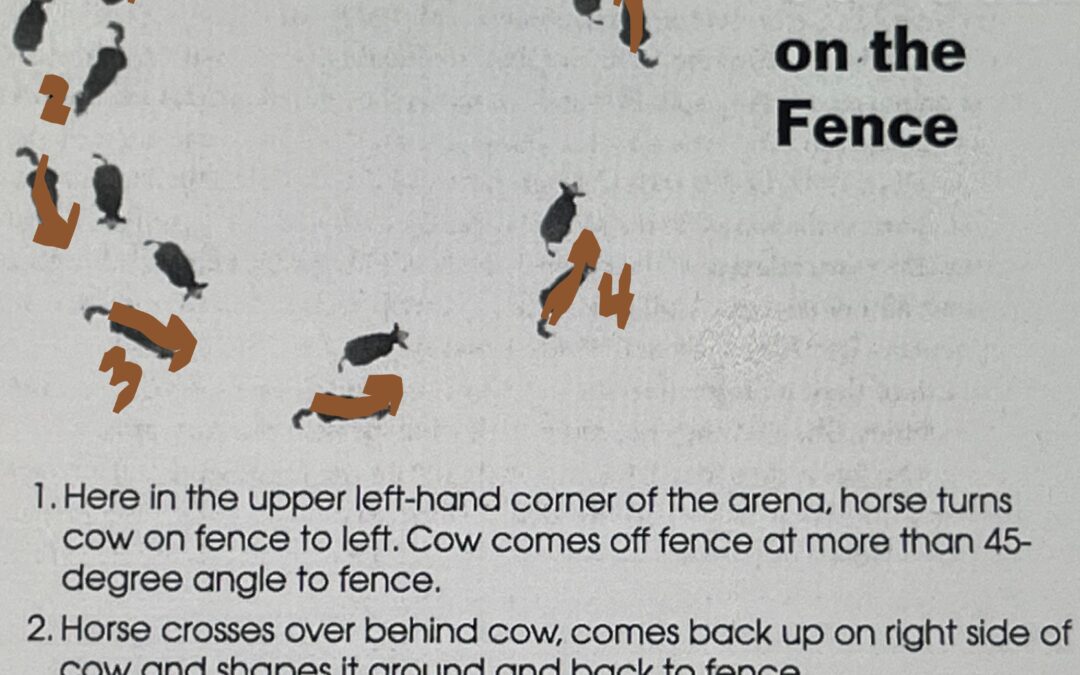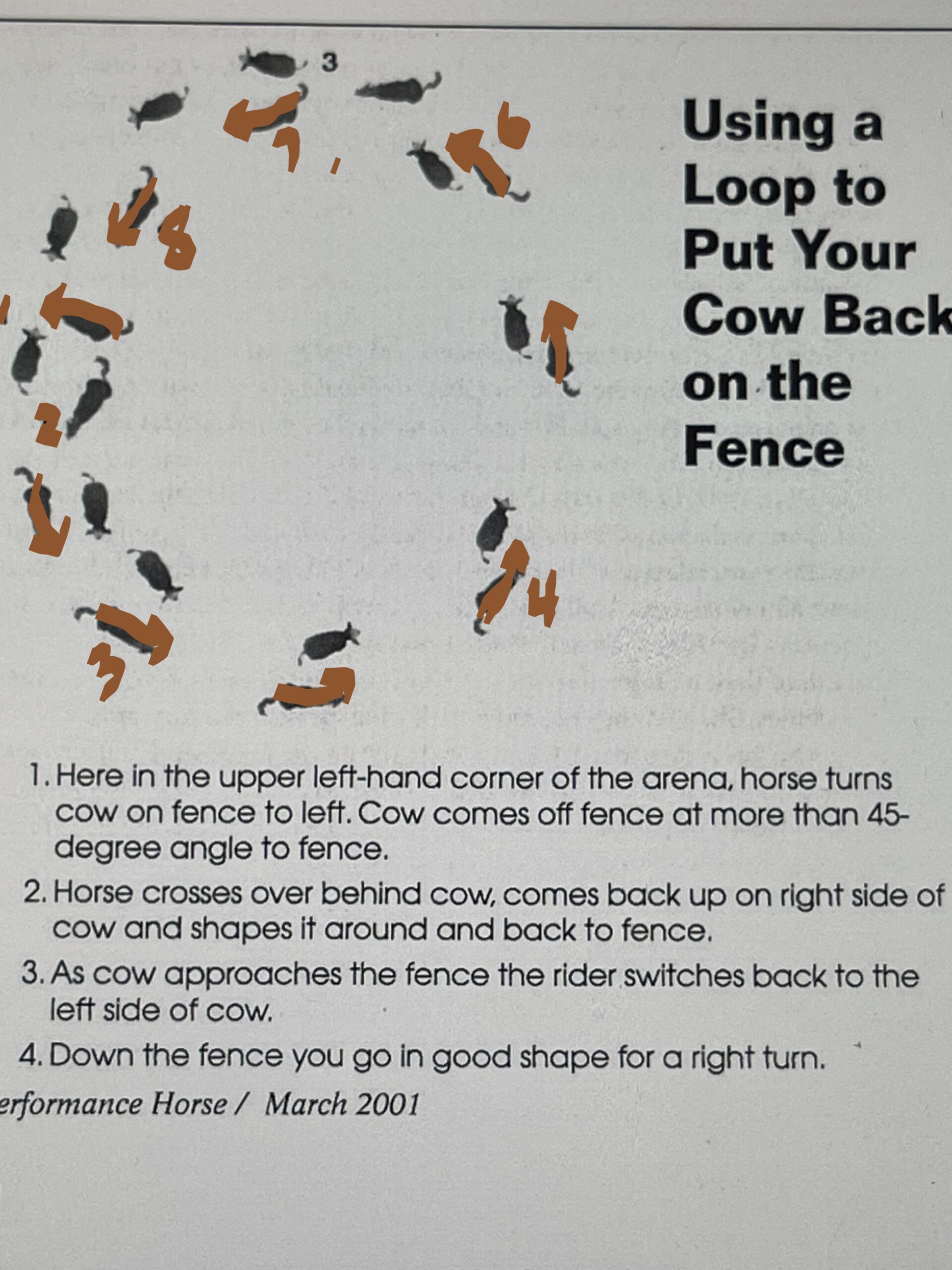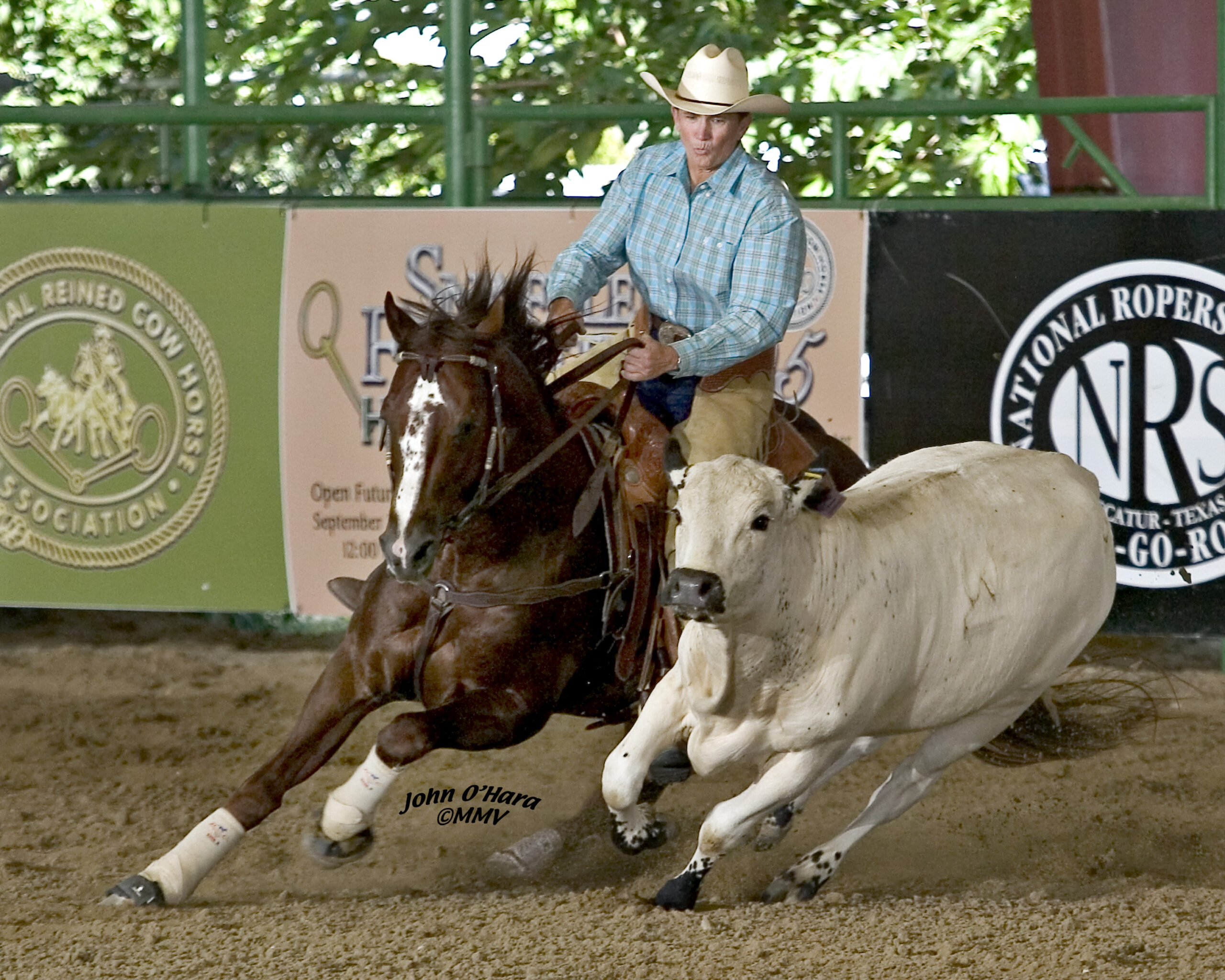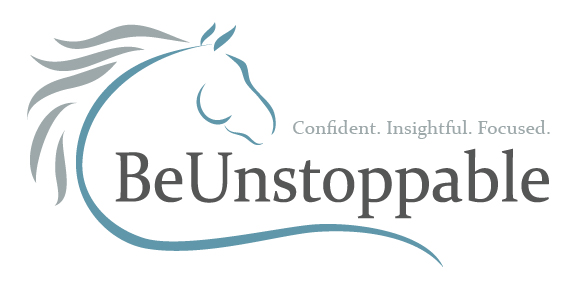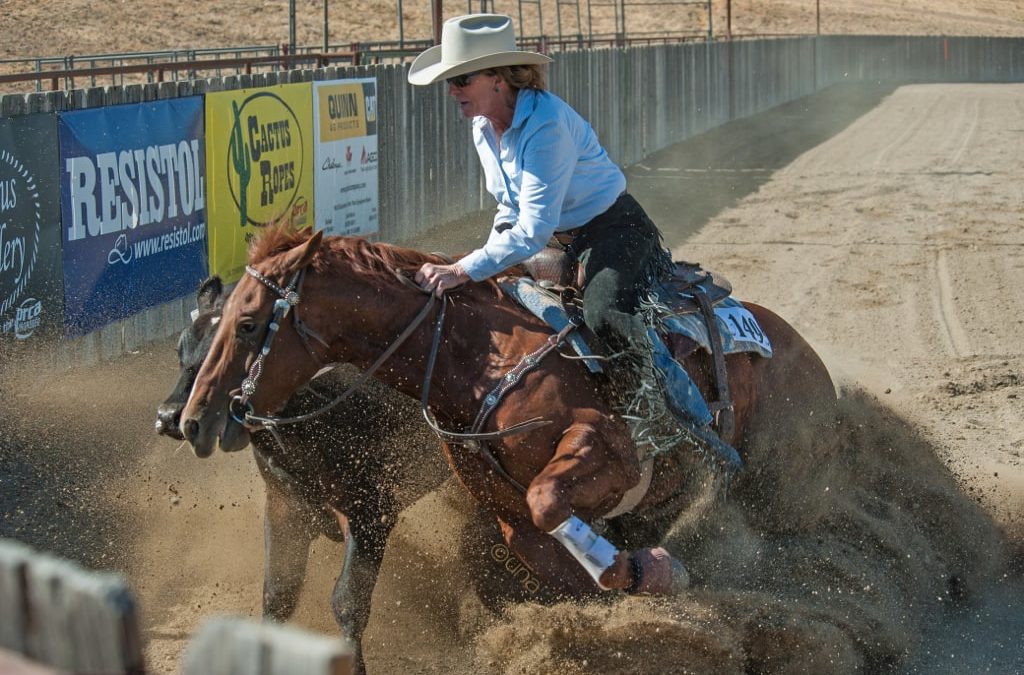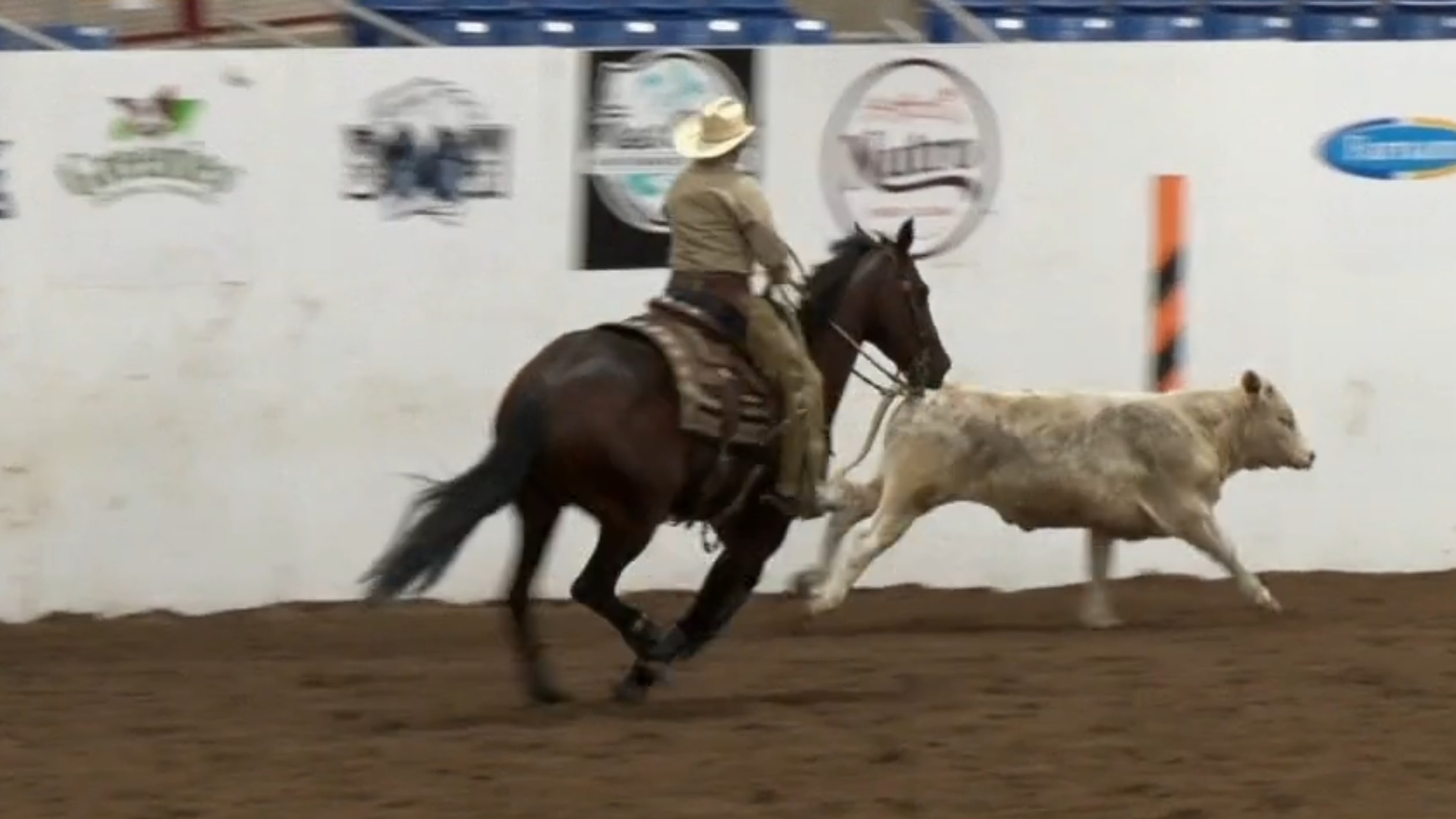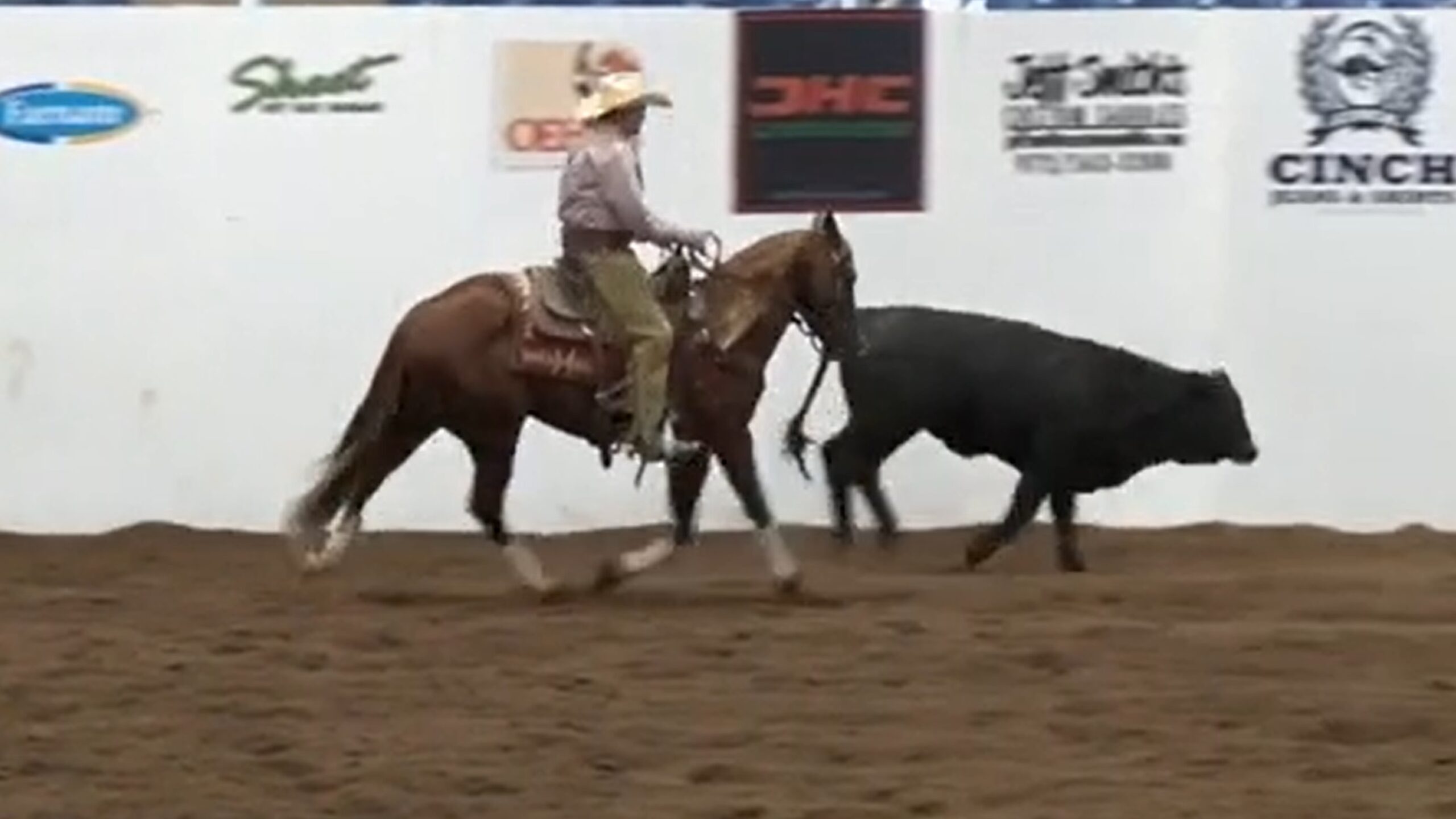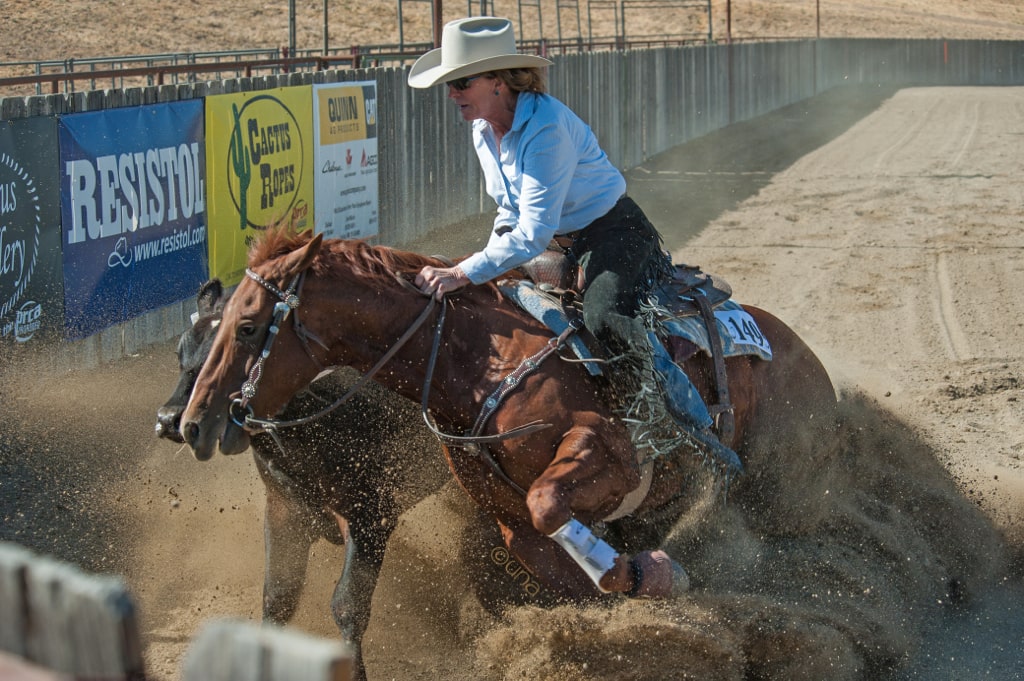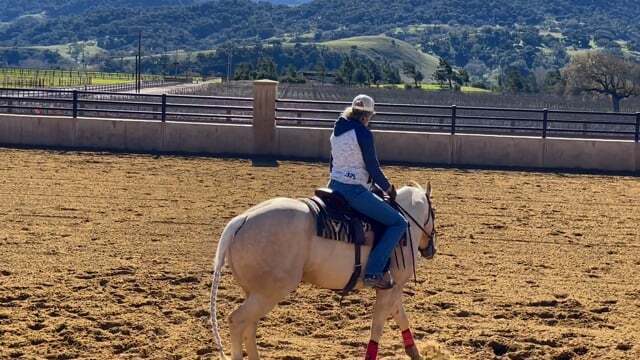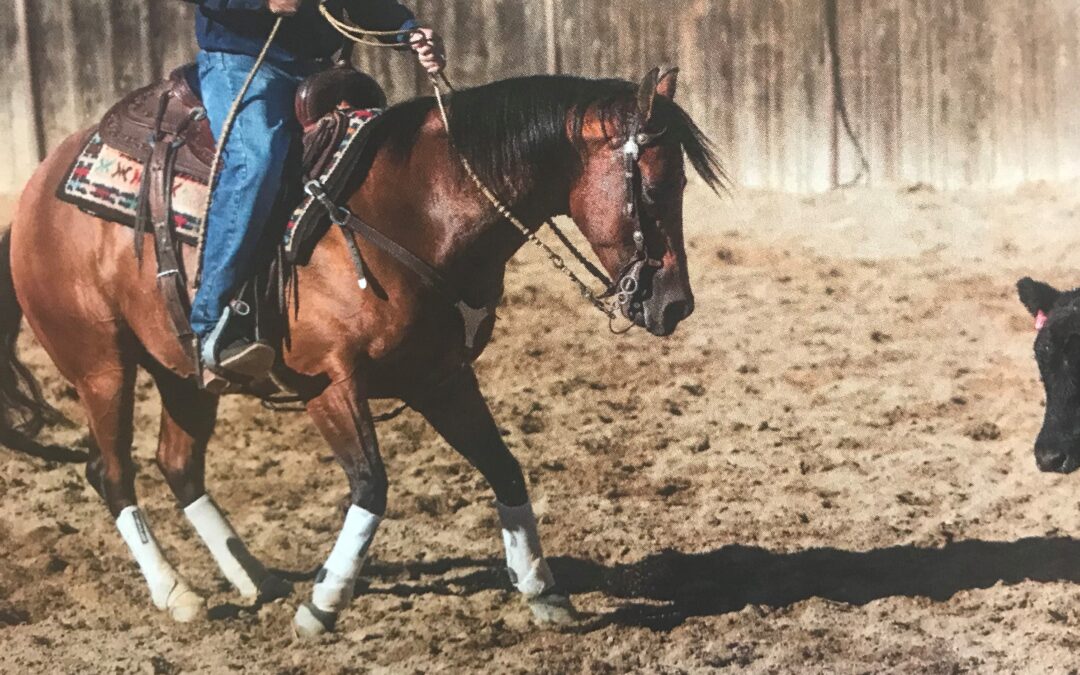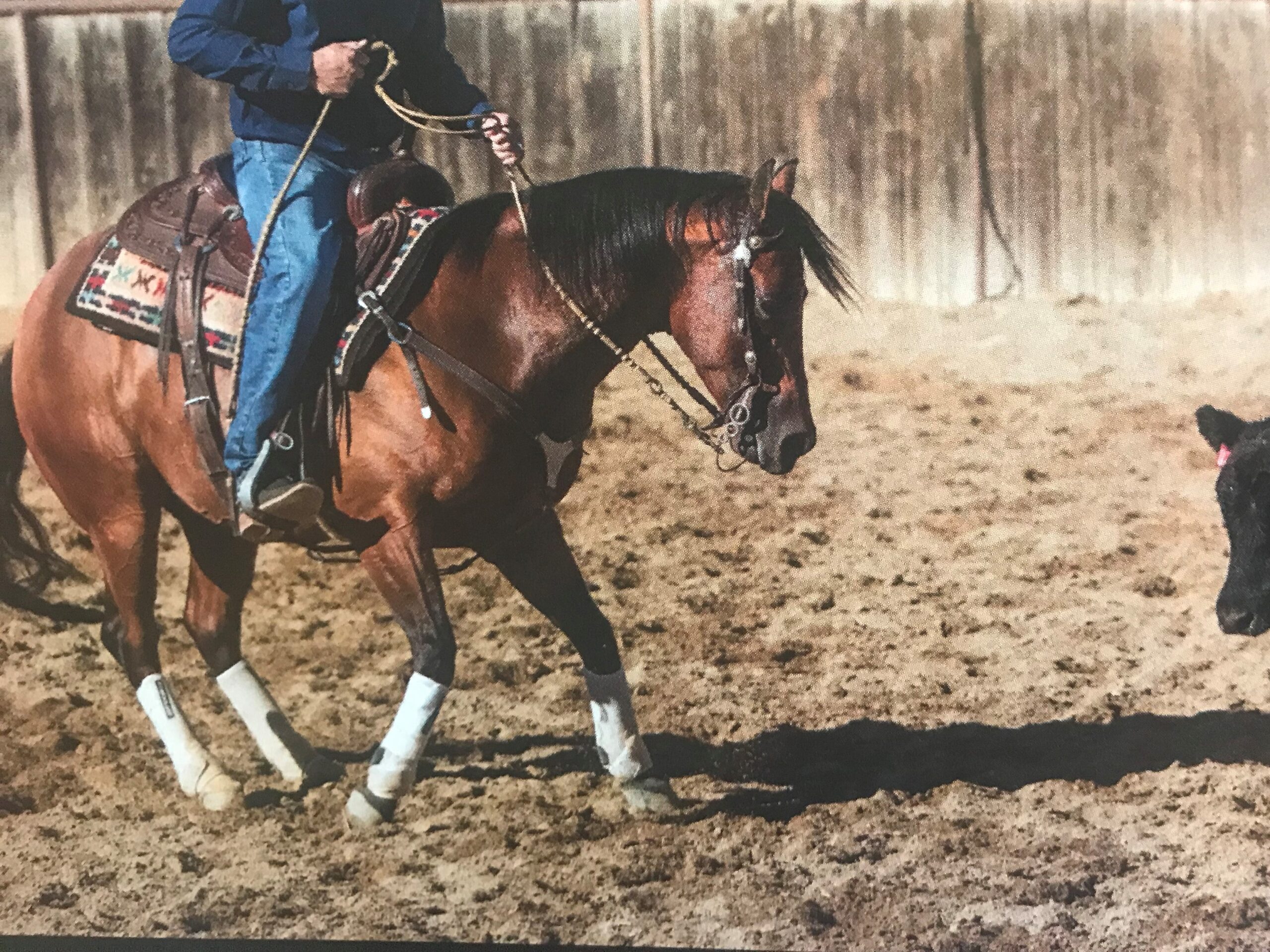In a reined Cowhorse contest or a cutting, the cattle are the most important single factor.
In the cutting at least you get to choose, so you only have yourself to blame if you pick poorly.
In the reined Cowhorse contest, you don’t know what you’ve got until it walks through the gate. It might be a Ferrari in overdrive or a gutless four cylinder.
It pays to do your homework watching the herd work portion of an aged event, as you might recognize your beast as it makes its entrance for the boxing or fence, but that’s not always a realistic strategy.
If you’re at a weekend show, the best you can do is watch the classes ahead of yours for characteristics that run through the herd. Watching the open class might make you queasy thinking of all the not-so-good things that could happen to you, but you’ll learn a lot about the cattle that day.
Knowledge is power and armed with it will help you make better decisions. Usually, the cattle have come from the same ranch, are the same breed and have had the same handling and feed, but every cow is an individual.
You’ll get the whole spectrum of personalities over the course of the day, but things like hot weather, drawing late in the afternoon, the ground, or being first or last in your set can have a big influence on the cattle.
How you handle the cow you draw can make a bad one good or a good one bad.
All the studying and preparation that you’ve done may go right out the window when they let your cow in as there’s always a few renegades, but your percentages of that happening are low.
If you do get a wild one, plan on being more defensive immediately. Approach it slowly with caution and when you make any turns don’t allow your horse to move towards it. Give it an opportunity to settle before you get into its bubble.
If it just runs fence to fence, it probably won’t get much better, so get started down the fence as soon as you’ve taken enough of the edge off.
If you draw a slower cow, prepare to be more aggressive stepping right up to it and make some noise if you have to.
Whatever you do, don’t bore the judge on one like that.
I’d enjoy hearing your thoughts before I write the next 2 installments on this topic!
